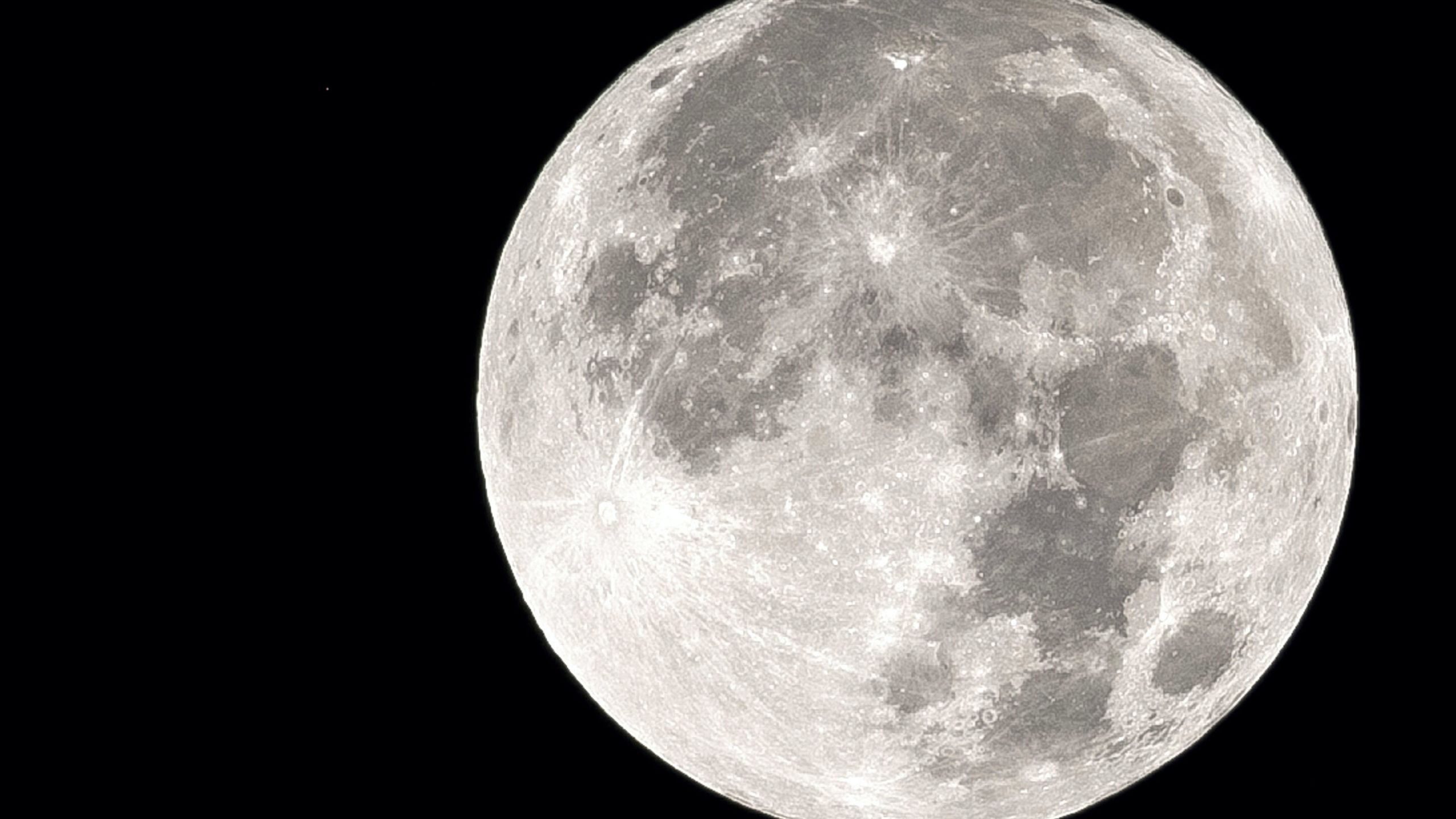Building Rashid
Inside the Dubai lab where the first Arab lunar rover is being brought to life
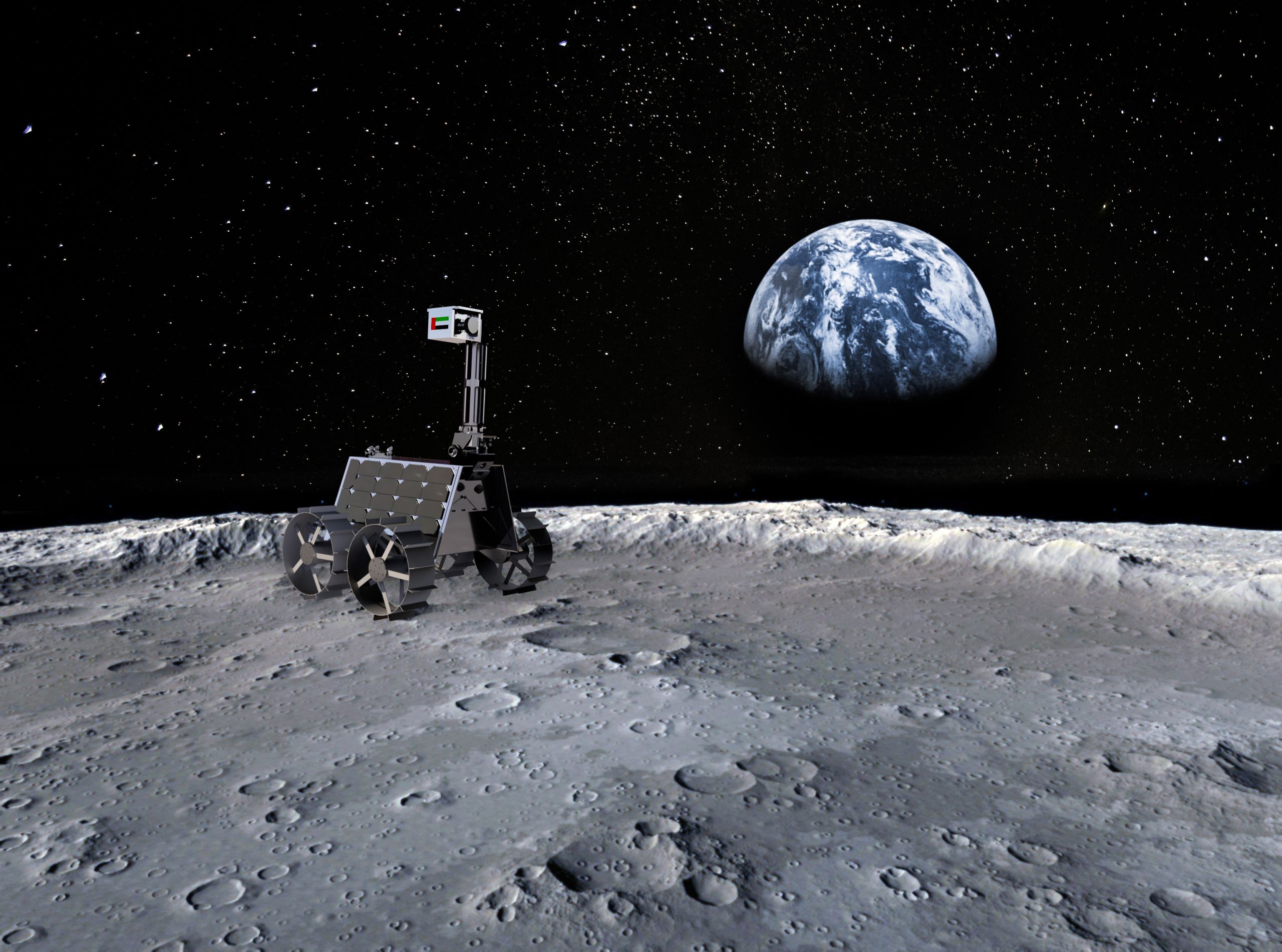
Inside a small robotics lab on the outskirts of Dubai, a group of Emirati engineers spend long hours bringing the Arab world’s first Moon mission to life.
They are designing the Rashid rover, a 10-kilogram robotic explorer that will be launched from Earth late next year with the aim of landing on the lunar surface.
The UAE's latest extra-terrestrial mission is set to take the country's space ambitions – born 45 years ago, when Sheikh Zayed, the country's Founding Father, met American astronauts who had travelled the Moon – to new heights.
Some of those dreams have already been realised with the successful arrival of the nation's Hope probe to Mars in 2021, the completion of 2019's week-long journey into space by Hazza Al Mansouri, the first Emirati astronaut, and the domestic construction of several satellites.
Emirati engineering is now being put to a new test with the construction of a robot that must operate on the surface of another celestial body. The rover will need to overcome several challenges, including the unpredictable lunar terrain and the Moon's ever-changing conditions.
The National visited Lab 37 in Dubai Technology Entrepreneur Campus, Silicon Oasis, where a core team of 11 engineers from the Mohammed bin Rashid Space Centre are working to achieve the historic feat – previously accomplished only by the US, the former Soviet Union and China.
The final prototype of the rover is complete and undergoing final testing.
Once finished, engineers will begin assembling the final version and ship it to ispace, a Japanese commercial space company that will carry the rover on its Hakuto-R lander. The mission will take off on a Falcon 9 rocket from the Kennedy Space Centre in Florida.
Using such a commercial lander means emerging space nations like the UAE get quicker access to the stars.
The Rashid rover will land on the near side of the Moon, at a site called the Lacus Somniorum, the Lake of Dreams.
Once again, the world will watch with bated breath as the UAE attempts another daring space mission.
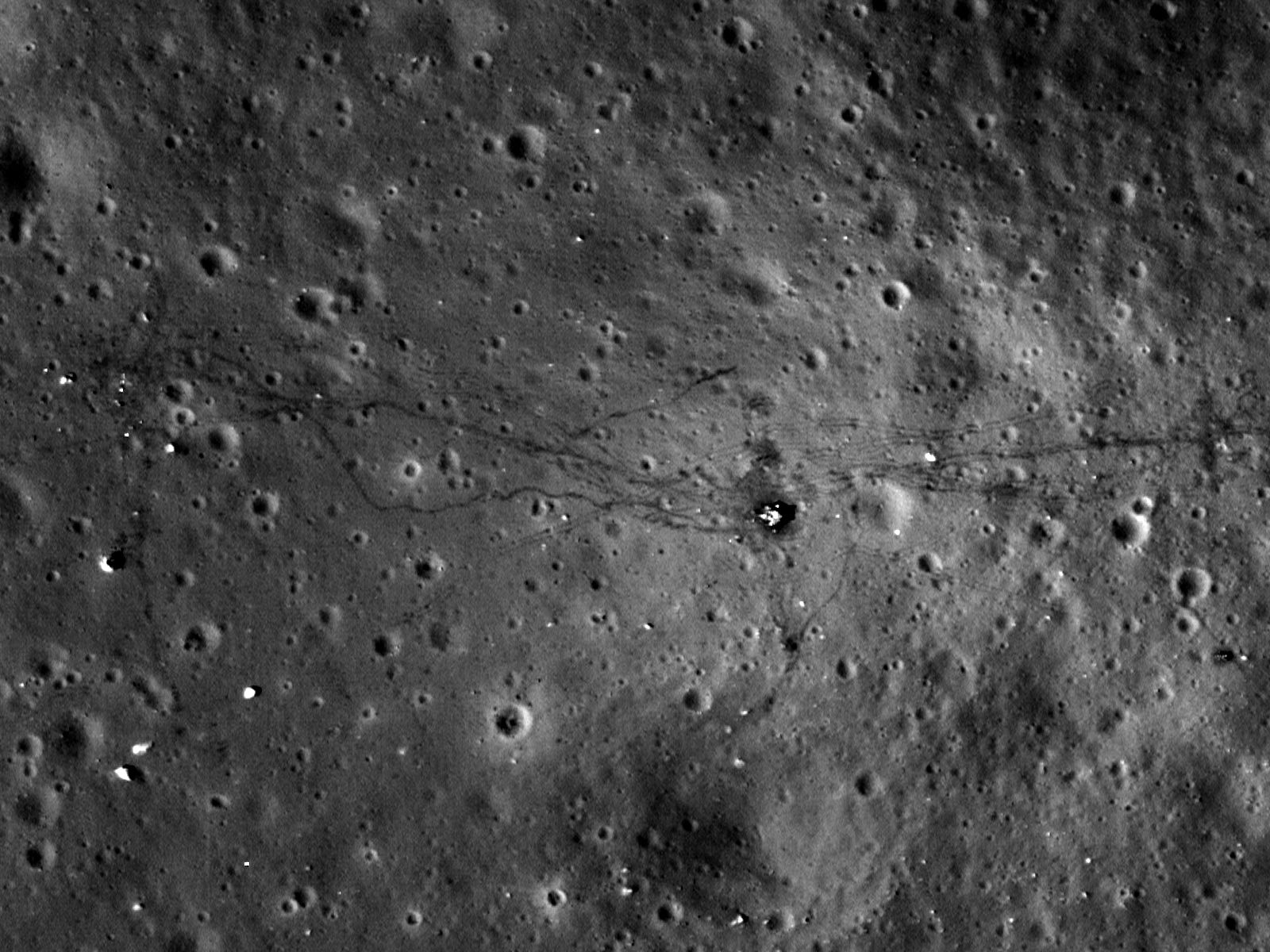
Meet the team
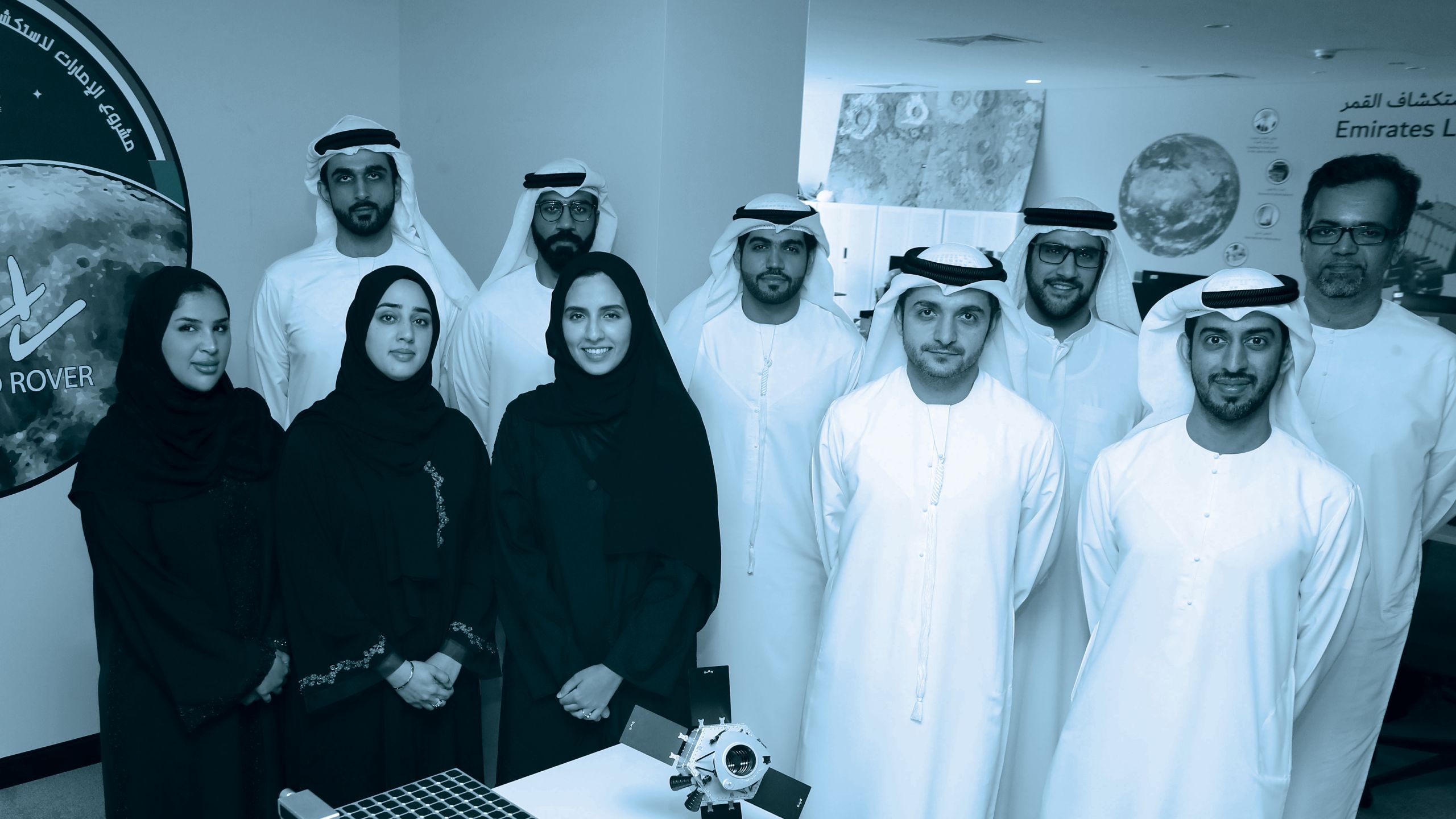
The man in charge
One of the busiest people inside the lab is Hamad Al Marzooqi, an Emirati engineer who is leading the mission.
The 38-year-old, who has a doctorate in electrical engineering from Khalifa University, joined the space centre six years ago and previously worked on KhalifaSat, the first Emirati-built satellite.
As project manager of the Emirates Lunar Mission, Dr Al Marzooqi believes accomplishing the daunting task will further encourage young Emiratis to pursue careers in space – like the Apollo mission did for young Americans.
"One of the outcomes that was very visible from the Apollo era was something called the Apollo effect. It was a generation that believed science and technology were the future because they had seen astronauts landing on the Moon,” he says.
“Instead of children having posters of singers or athletes in their bedrooms, they’d have posters of rockets and astronauts.
“We saw some of that momentum during our first mission to the International Space Station and then to Mars, and that was amazing. We think having a mission to the Moon would add to that momentum and the public’s interest in science and technology.”
Another outcome the space centre hopes to achieve through the Moon mission is to advance engineers’ skills in preparation for more complex landings in future.
The UAE intends to undertake several lunar missions, but Dr Al Marzooqi said the knowledge gained from this one could help with potential future plans to land on other celestial bodies.
“What we will gain from this mission will help us develop our capabilities and technologies so we can advance our current and future missions to the Moon or even plan for future missions to the surface of Mars,” he says.
But first the team has to overcome “thousands of challenges” to make the lunar mission a success.
Using a tiny rover comes with its own risks, including making sure it can survive the fluctuating temperatures on the lunar surface.
“When we started the mission, we thought: 'It’s a small rover, so it’ll be easy.' But it was very challenging and complicated,” Dr Al Marzooqi says.
“You’re working in an environment where temperatures vary from -100°C and go up to 120°C. That adds complexity to the thermal design of the robots.”
It is boiling hot on the Moon during a lunar day – about 14 Earth days – when it is experiencing sunlight. During a lunar night it is freezing cold.
The UAE’s mission has been designed for one lunar day, but the team is looking for ways to keep the rover alive throughout the night.
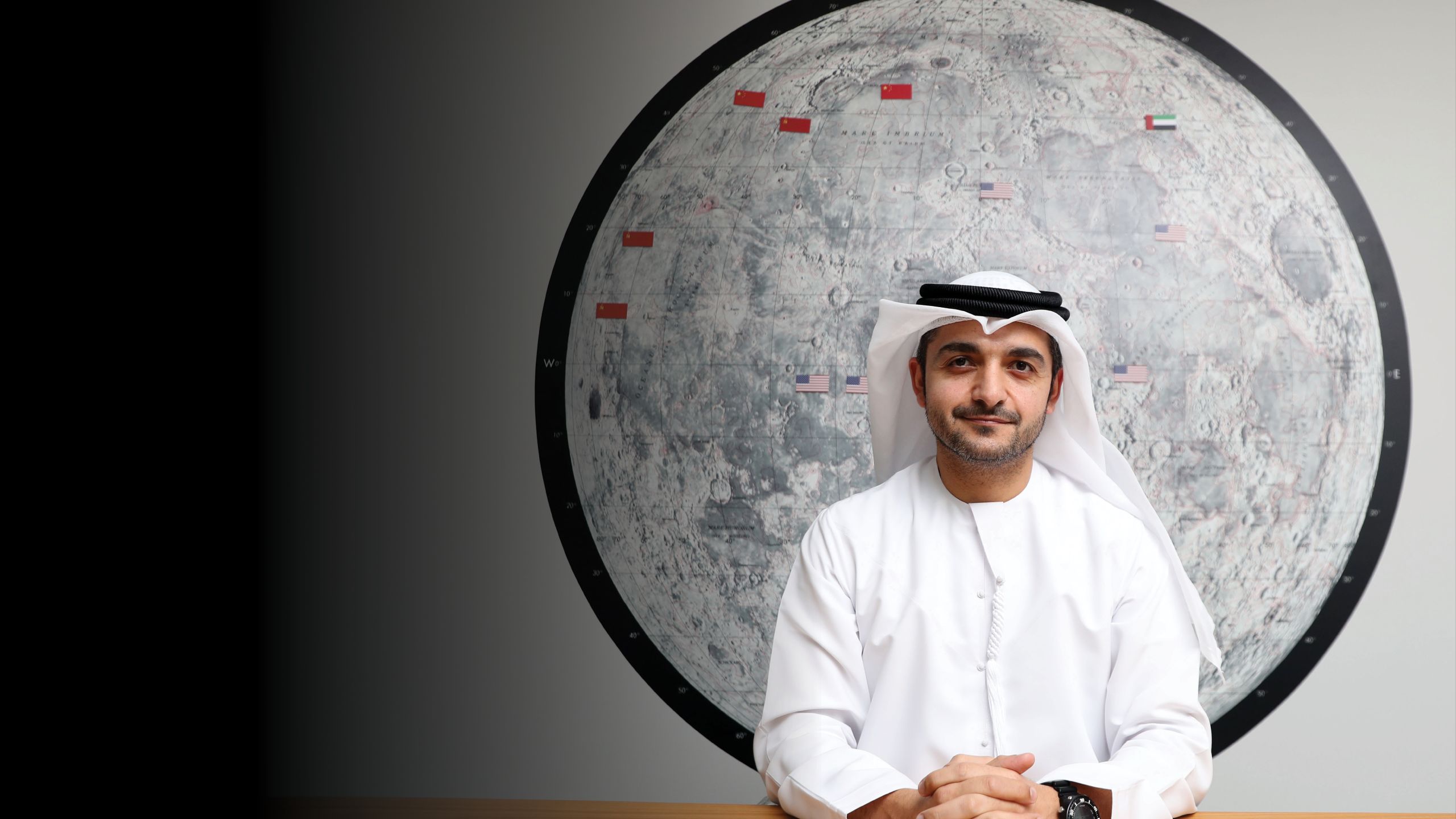
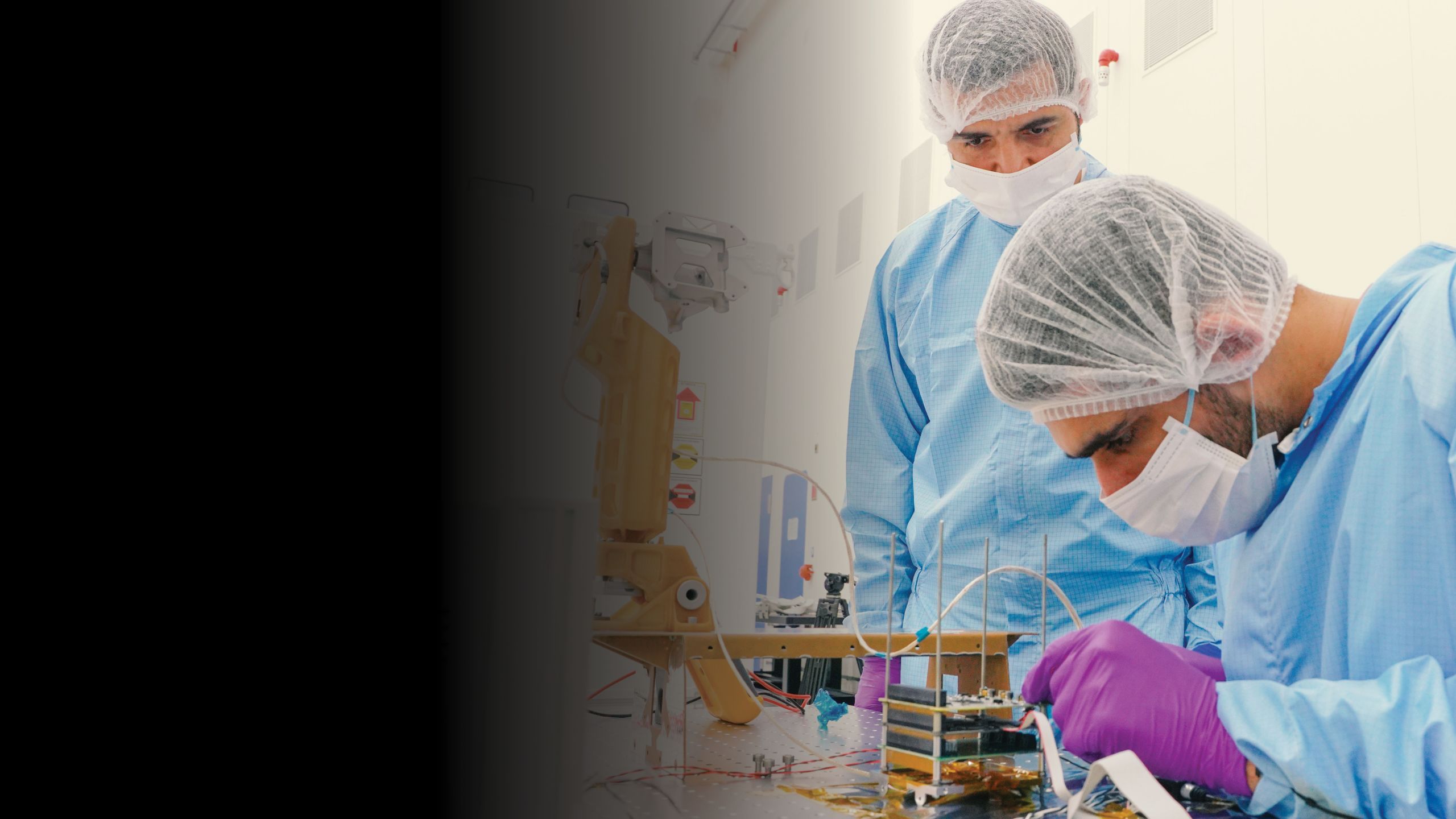
Receiving signals from Rashid
Millions of people across the world watched in suspense when the Apollo 11 astronauts landed on the Moon in 1969.
Since then, astronaut Neil Armstrong’s words – "That’s one small step for man, one giant leap for mankind" – have inspired many people.
The space centre is hoping for an Emirati version of an “Apollo moment” when the Rashid rover sends its first signal from the Moon and safely descends on to its surface.
First, the team must ensure the rover can communicate with ground control to receive signals and track mission progress.
That is where Dr Sara Al Maeeni, communication lead and project scientist with the mission, comes in.
The 35-year-old, who has a doctorate in communication engineering, is in charge of ensuring the communication subsystems – telecommunication between the rover, the lander or the ground station – are functional.
ispace will provide wireless communication between its lander and the rover, but the team is working on an experimental system that would provide a direct line between the rover and a ground station in Dubai.
“One of the communication systems is almost dependent on the lander. You can’t guarantee what could happen with the lander and if their communication system will work or not – that’s why we have redundancy communication, which is direct,” Dr Al Maeeni says.
“That one is an experimental system. It’s a very small communication subsystem and is very low-compact and [low-] energy – about two to four watts corresponding to the distance between Earth and the Moon, which is about 380,000 kilometres.”
Dr Al Maeeni is one of three other Emirati women who are part of the mission’s core team.
She says her four children were as excited as she is about the Rashid rover.
“They’re so proud of me,” she says. “I was speaking about space and the Moon once when I went to one of my kids’ classrooms, and I can’t forget my child’s reaction. My kids ask me every day about the mission.”
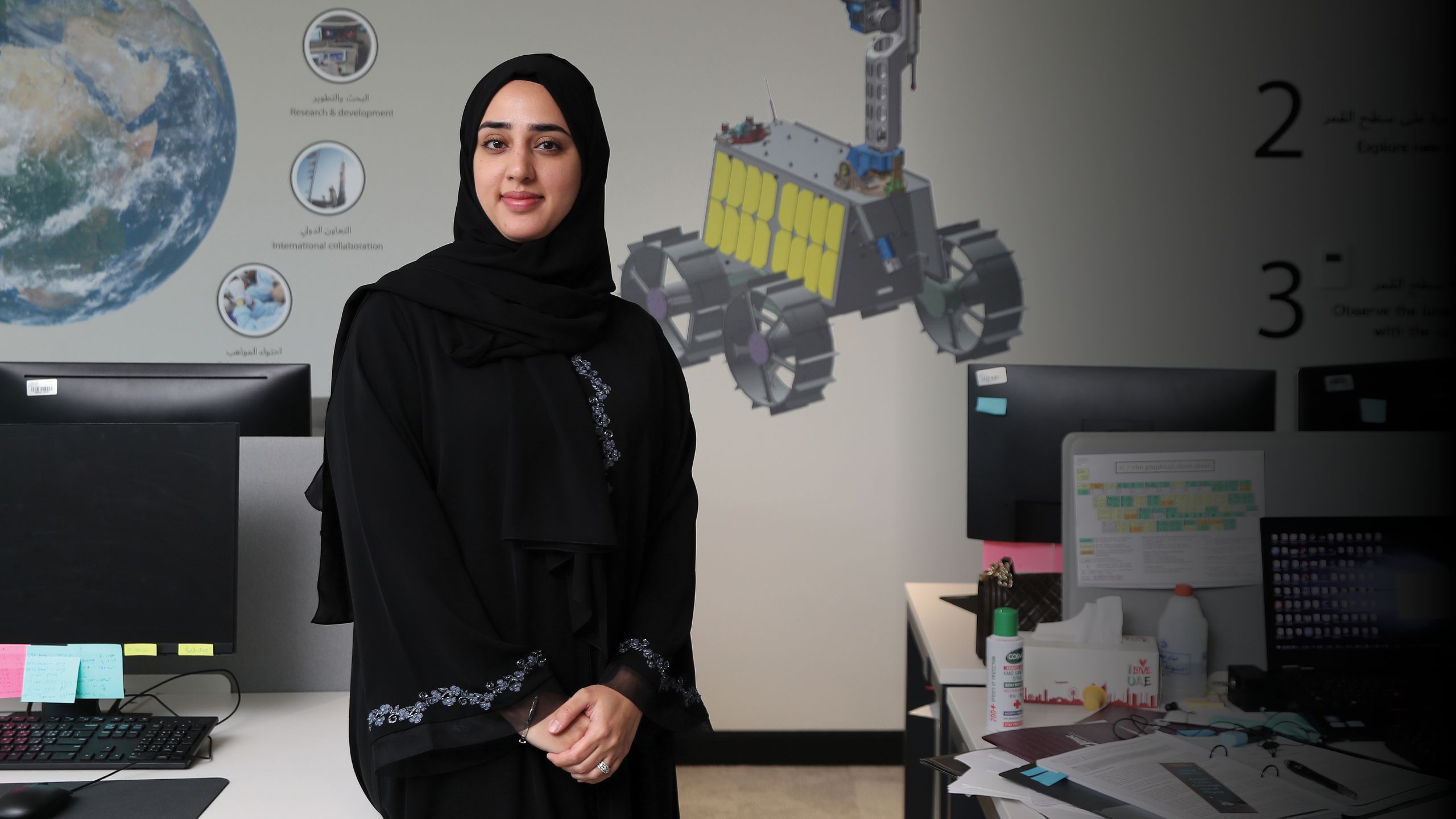
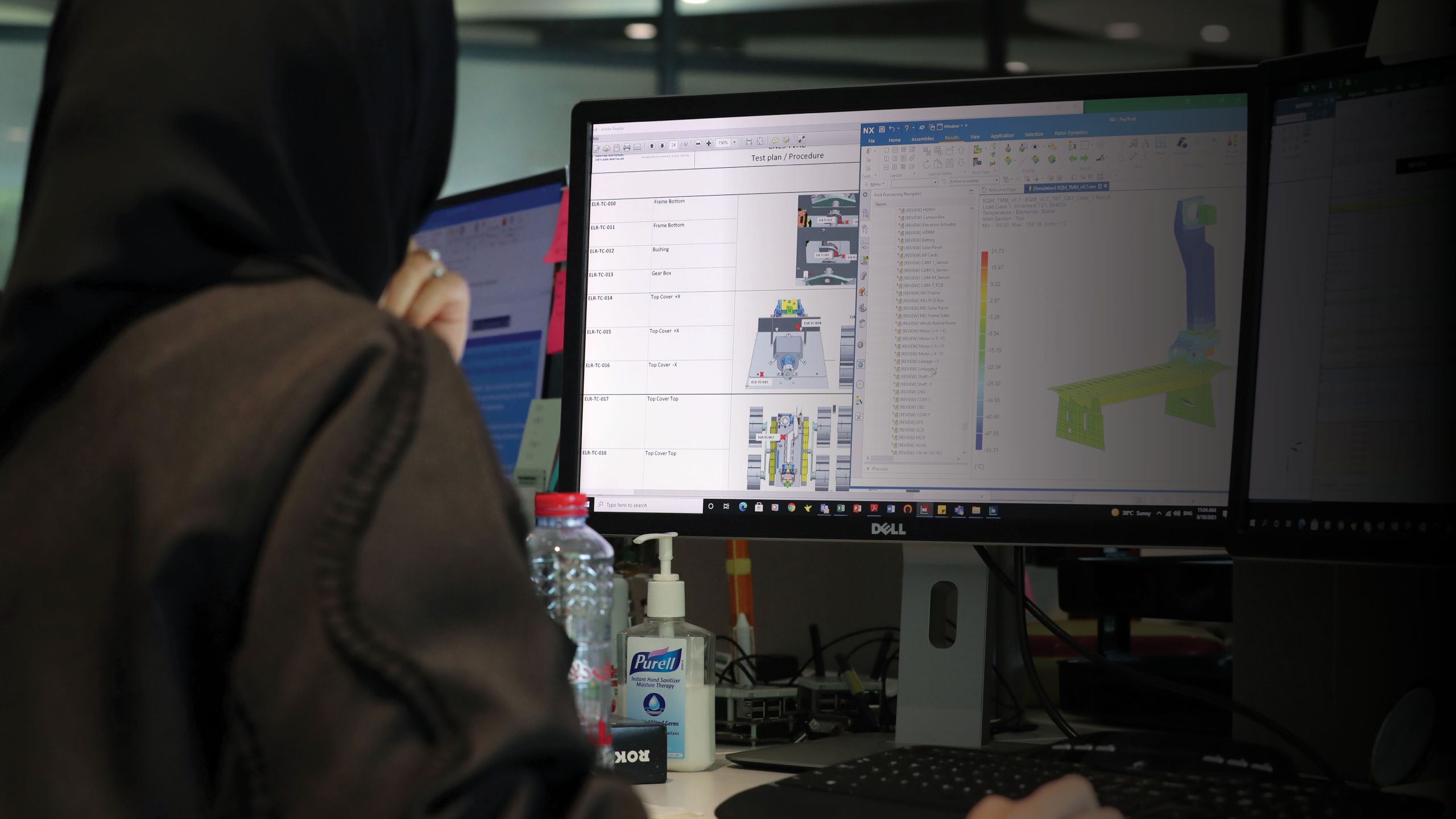

Designing the rover
Owing to the small size of the rover, every element of its design had to be carefully considered.
Abdullah Al Shehi, 30, the lead on the mechanical system, says the main challenge has been ensuring the systems, including electrical and thermal, can fit into the 10kg rover.
“We have worked with the 250kg and 300kg to 350kg structures before and the Mars mission was more than one tonne,” says Mr Al Shehi, who has a bachelor's degree in science in mechanical engineering.
“[The rover] is very small and we have mass constraint at 10kg for the full systems. So there are some other concerns that are coming from the electrical system and that puts a lot of challenges on the design itself.”
The first two designs of the rover were much bigger in comparison to the final version.
The team shrunk the structure because of size constraints in the envelope of the lander, where the rover will sit during launch and cruise.
Employed with the space centre since 2015, Mr Al Shehi previously worked on KhalifaSat and is also currently working on the MBZSat mission – another Emirati-built satellite.
“I’m very excited to work with the team. We’ve been working differently than how we do in the environment inside the space centre,” he says.
“The team is more diverse. It’s a small team, so the communication is very effective. We meet regularly and exchange ideas.”
The rover has four durable wheels to survive the Moon’s unstable terrain.
It has four cameras, two of which are high-resolution and were provided by the French space agency. The cameras will also assist with navigation.
The third camera will be microscopic, to capture close-up images of lunar dust. The final camera will study thermal properties on the Moon's surface.
Rashid will also have a Langmuir probe, which will measure the temperature of electrons, electron density and the electric potential of plasma.
An inertial measurement unit will track the rover’s movements.
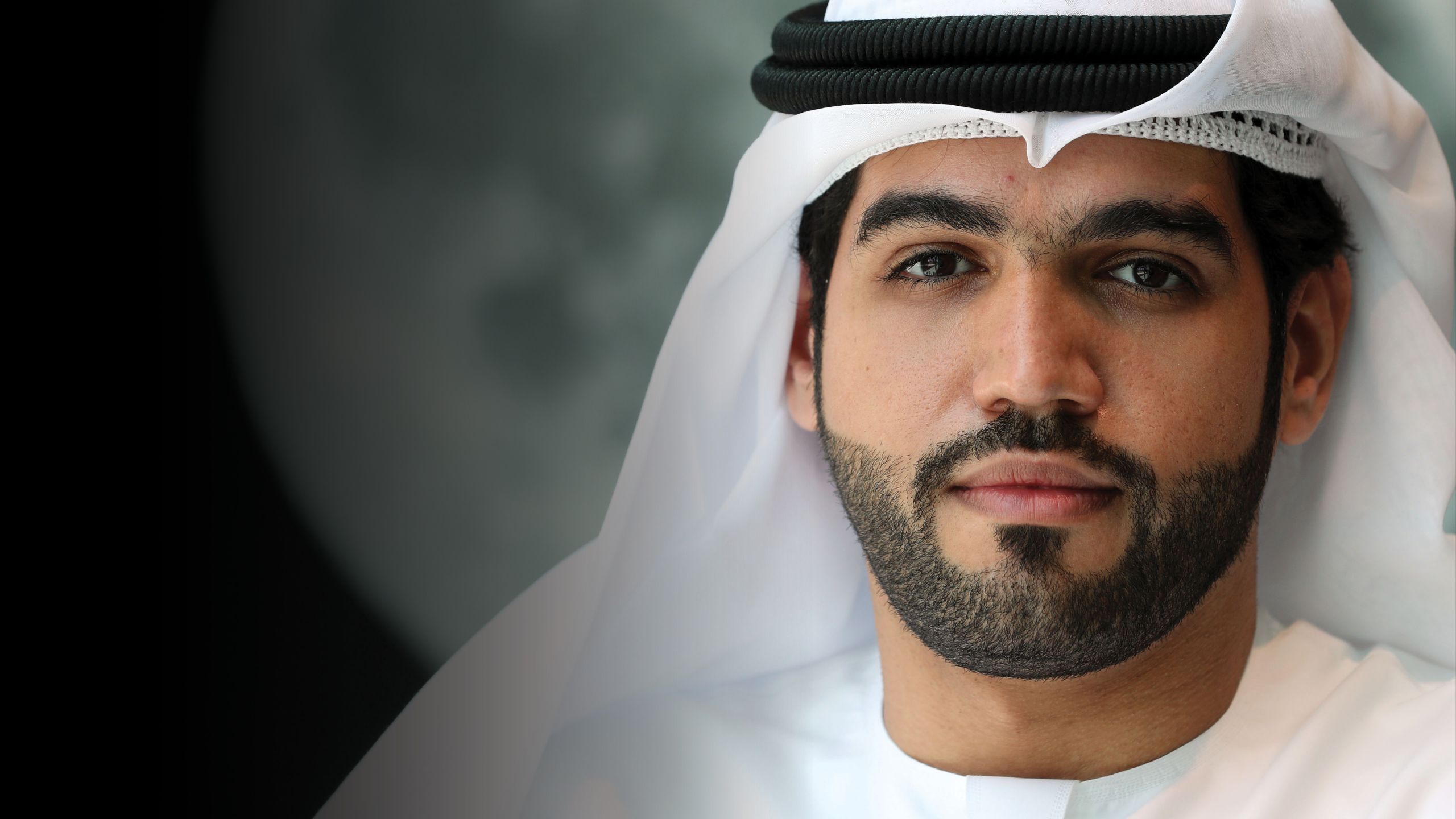
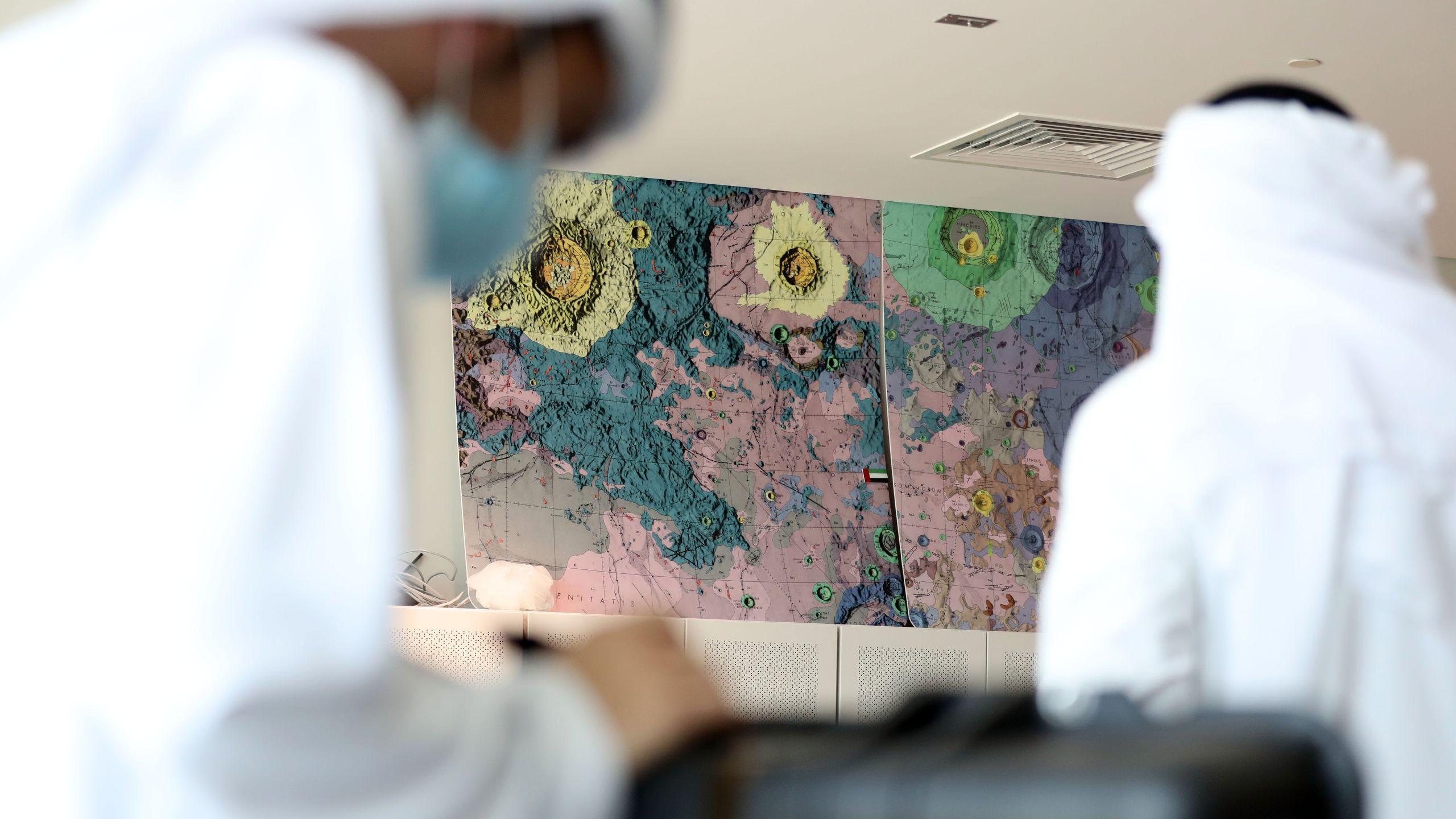
The heart of Rashid
Arguably one of the toughest tasks has fallen to Ahmed Sharaf, electrical systems lead, who is working with his team to find a way to keep the rover alive during the lunar night.
“During the night the temperature gets really cold. We expect that most of the instruments are not going to work after. We do have a novel method we’ll use in attempt to survive the lunar night,” he says.
Previously, engineers in other countries have used radioisotope heaters, which are nuclear devices, to keep their robotic structures alive.
But, Mr Sharaf and the team say they were exploring another way.
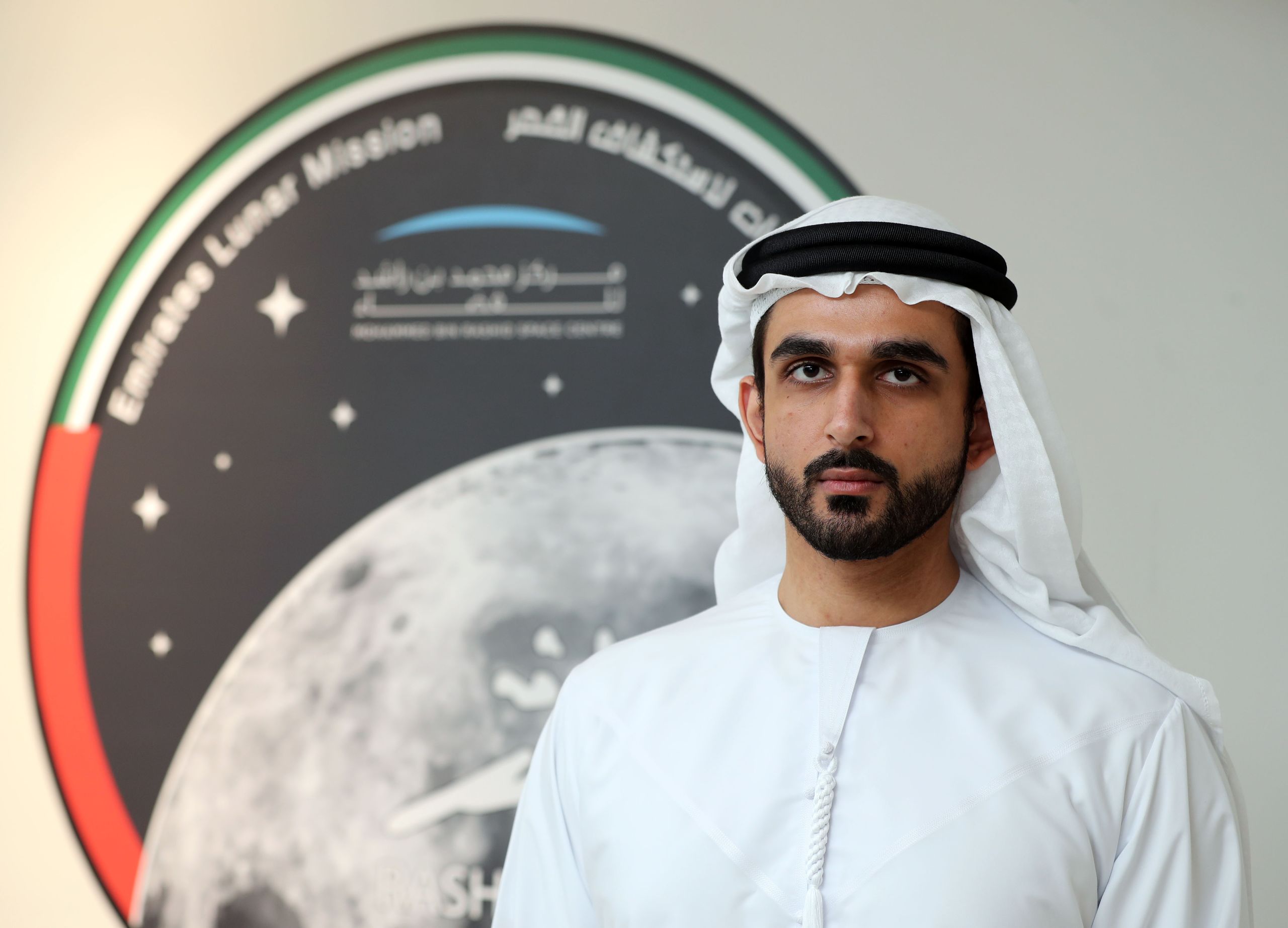
The 27-year-old has a master’s degree in electrical and electronics engineering from the University of Bristol in the UK.
He became part of Lab 37 after joining the space centre in 2017. His focus is on the rover’s electrical power subsystems and motor control.
“The power system plays a vital role in keeping the rover alive,” Mr Sharaf says.
“A typical power system usually consists of three different sections – the first is generating power using solar panels, store it in a battery, which then gets distributed to the rest of the robot. So, it is like the heart of the rover.”
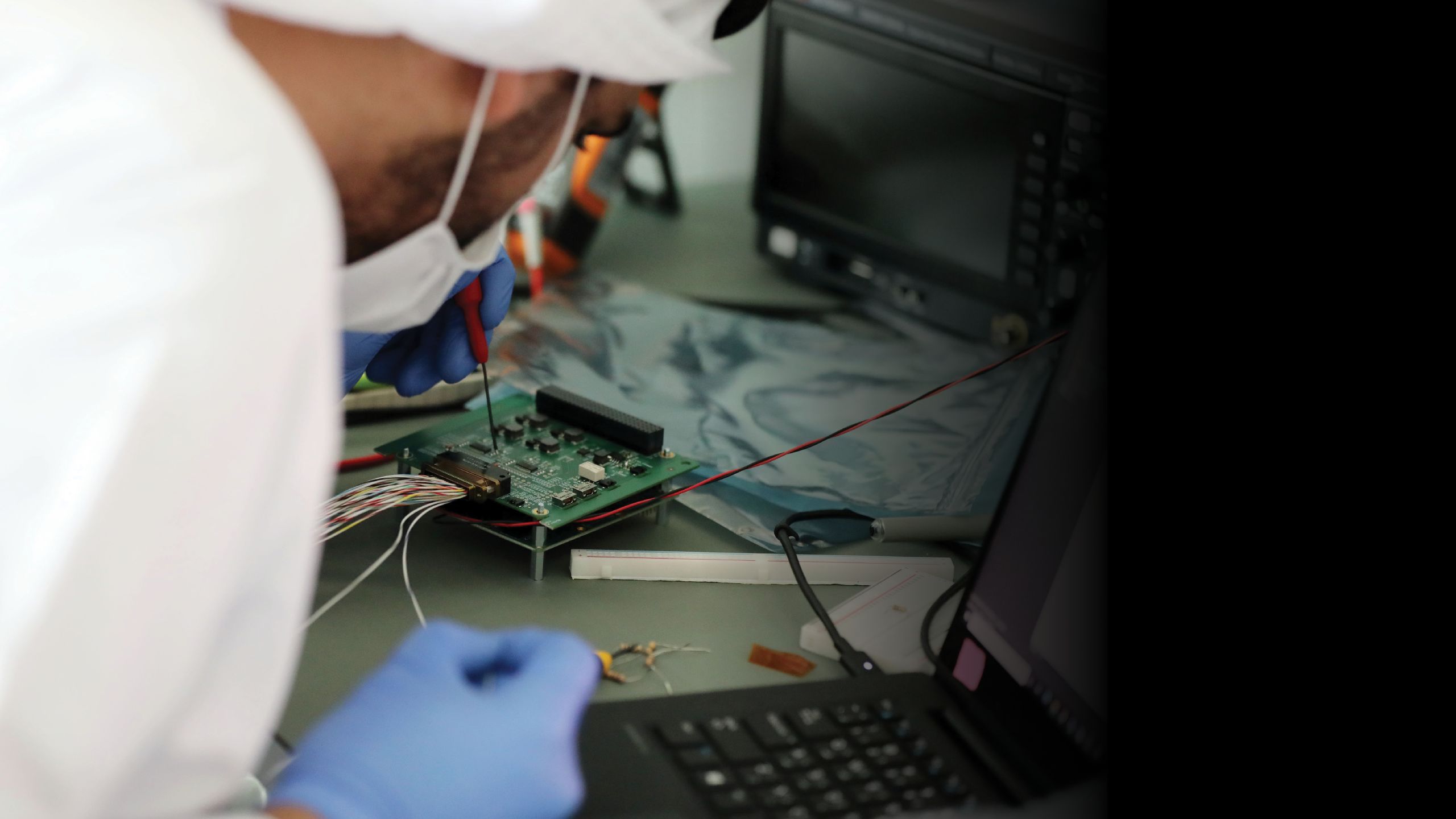
Youngest on the team
Amna Khalifa, a mechanical engineer and the youngest member of the team, describes being part of the mission as a “huge opportunity”.
The 25-year-old joined the space centre immediately after graduating from Khalifa University with a bachelor’s degree in mechanical engineering.
She looks after the mobility subsystem of the rover, as well as the gimbal – the arm on top of the rover that holds the camera.
Her job is to make sure the gimbal, wheels and other parts attached to the rover are working as they should. Each of those parts is essential to ensuring there are no mechanical faults during lunar exploration.
“I think the moment where I'll be holding my breath is when the rover will make its first movement after the lander deploys the ramp. It will then climb down to the surface. I’ll be very nervous, but probably excited too,” she says.
“At this young age, this is such a huge responsibility and it’s an opportunity that could be once in a lifetime.”
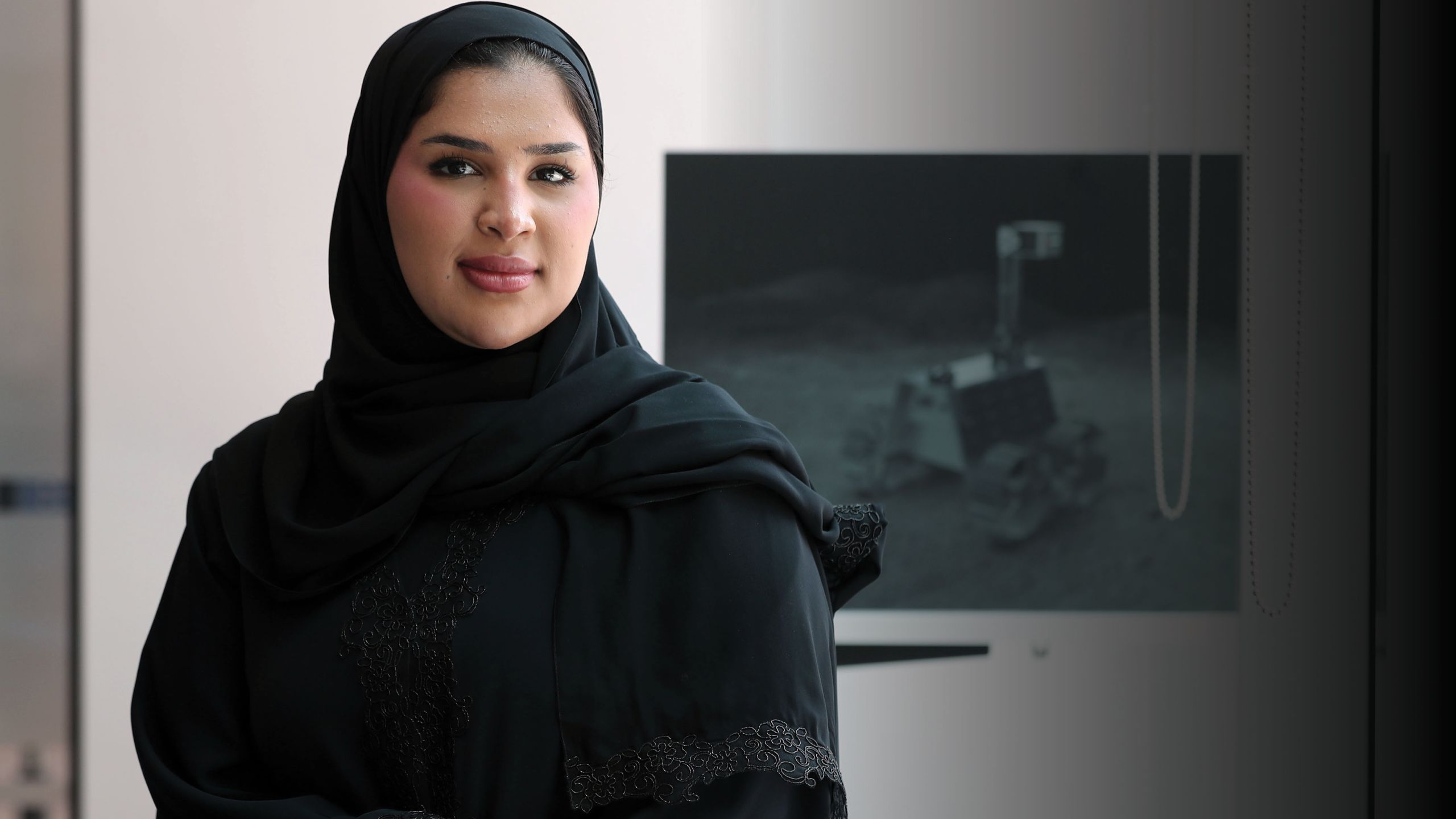
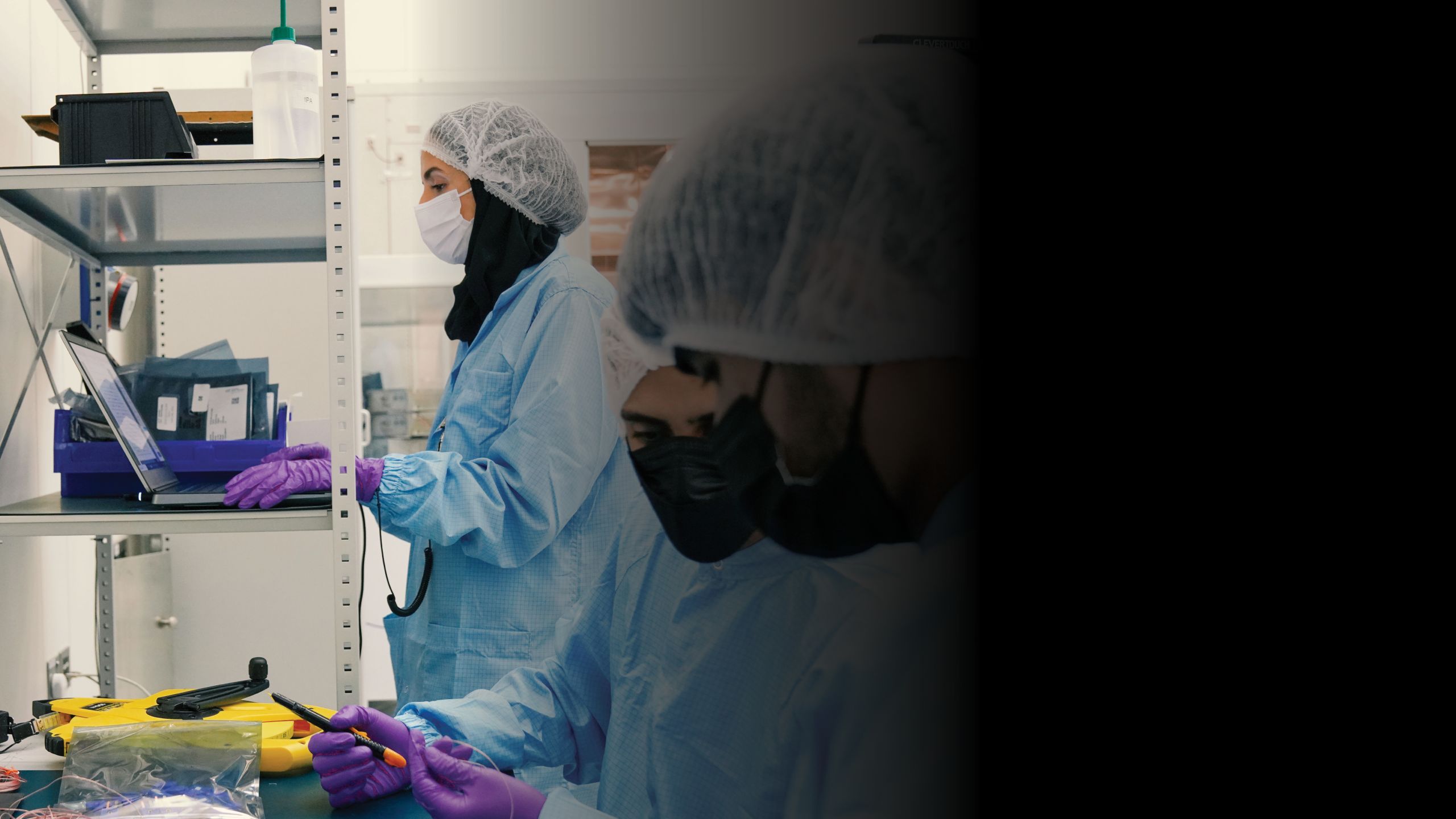
The data Rashid will gather
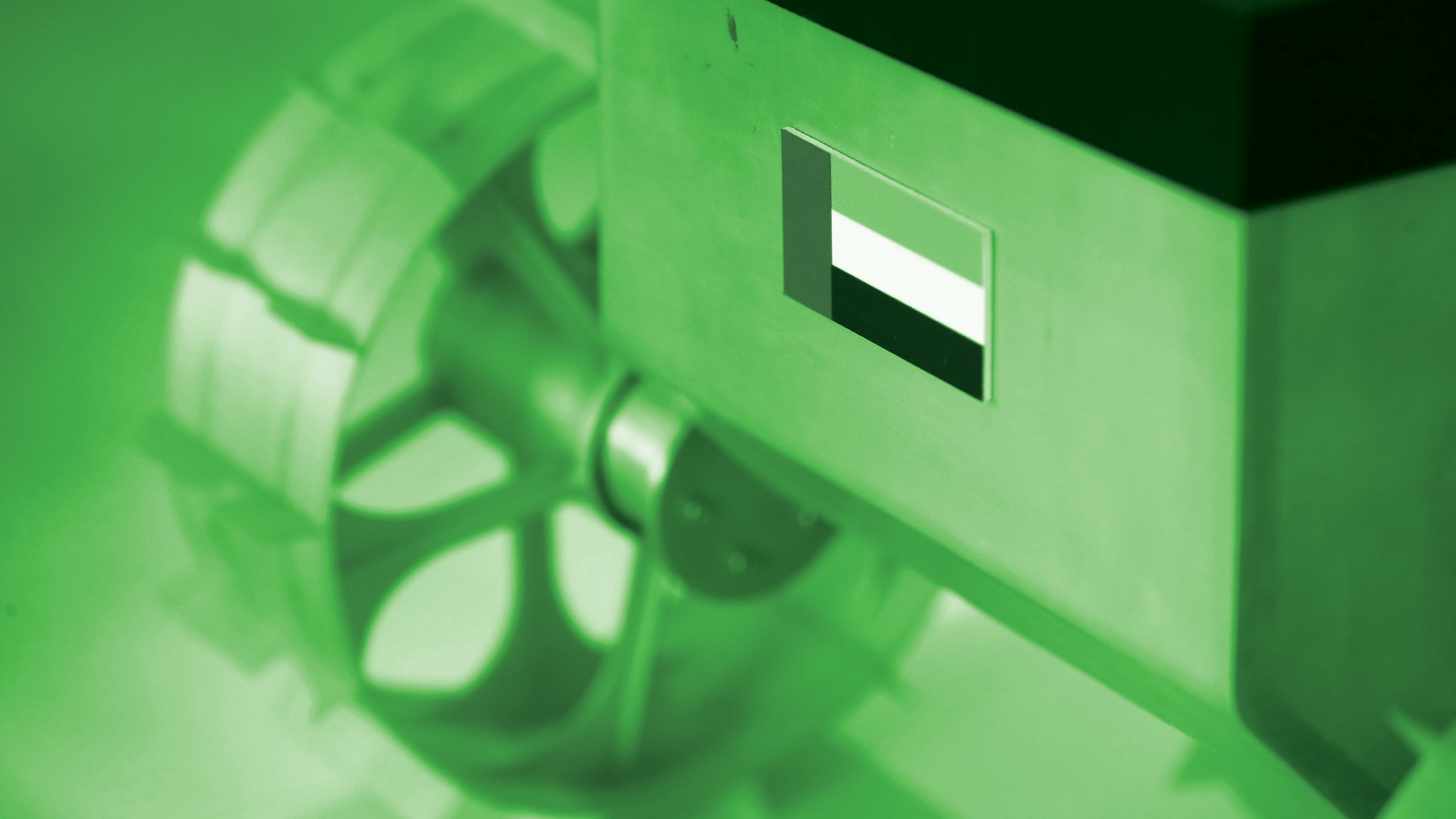
The mission aims to solve some of the Moon’s many mysteries, such as why lunar dust sticks to other surfaces, how it is formed and what it is made of.
It was during the Apollo missions when astronauts discovered that lunar dust, called regolith, stuck to their suits and boots.
The electrically charged particles can be dangerous to the health of astronauts and spacecraft, because they stick to almost everything.
Interest in lunar resources among space agencies has recently reached a high.
At present, Nasa is paying private companies to mine lunar soil and rocks and transfer full ownership to them.
ispace is one of the companies selected by the space agency to mine resources. The Hakuto-R lander will not bring back the samples, but will collect them, send back images and the location of the resources, before transferring ownership to Nasa. This means the resource will legally belong to the space agency.
It is not known if Nasa's mining efforts are motivated by scientific objectives but a statement from the agency speaks of potential commercial gain: "The Moon holds billions of dollars of untapped resources."
The Rashid rover will also study the thermal properties of the surface structure, the Moon's geology and lunar photoelectron sheath – a phenomenon created on the surface by the continuous bombardment of solar wind and cosmic rays.
Different materials attached on the rover’s wheels will help measure their strengths and weaknesses against lunar particles. This will help develop astronaut suits and other technology needed for future missions.
Other than science goals, the mission aims to advance Emirati space engineering and enable the UAE to be part of global space-exploration efforts.
Nasa, Russia and China aim to build a human base on the Moon or around its orbit. The US space agency wants to use this as a gateway for sending astronauts to Mars in the future.
Scientific findings made by the Rashid rover could also help other countries in their efforts, particularly in designing technologies and space suits.
The team hopes to receive more than a thousand images from the rover.
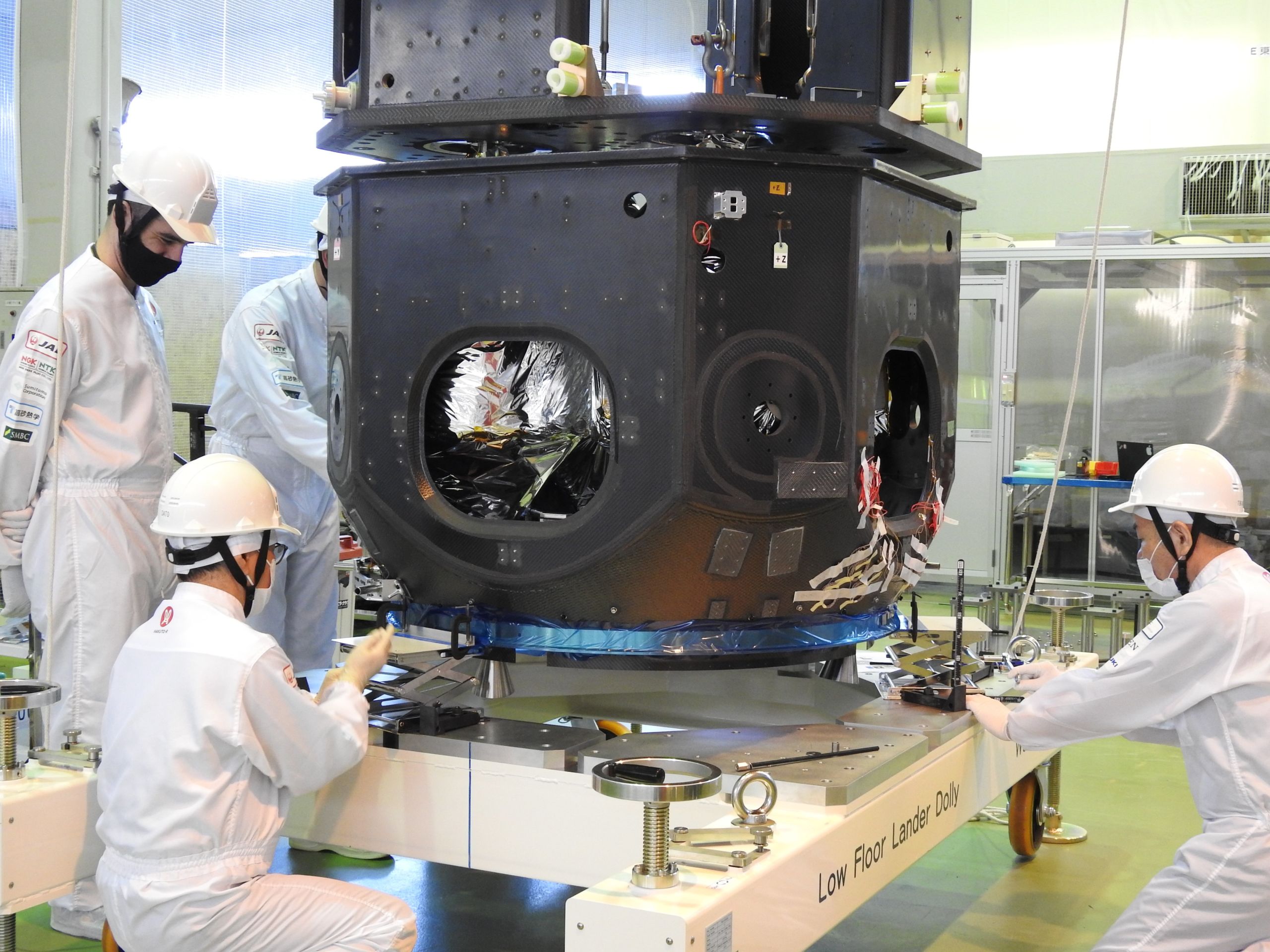
The UAE's future space plans
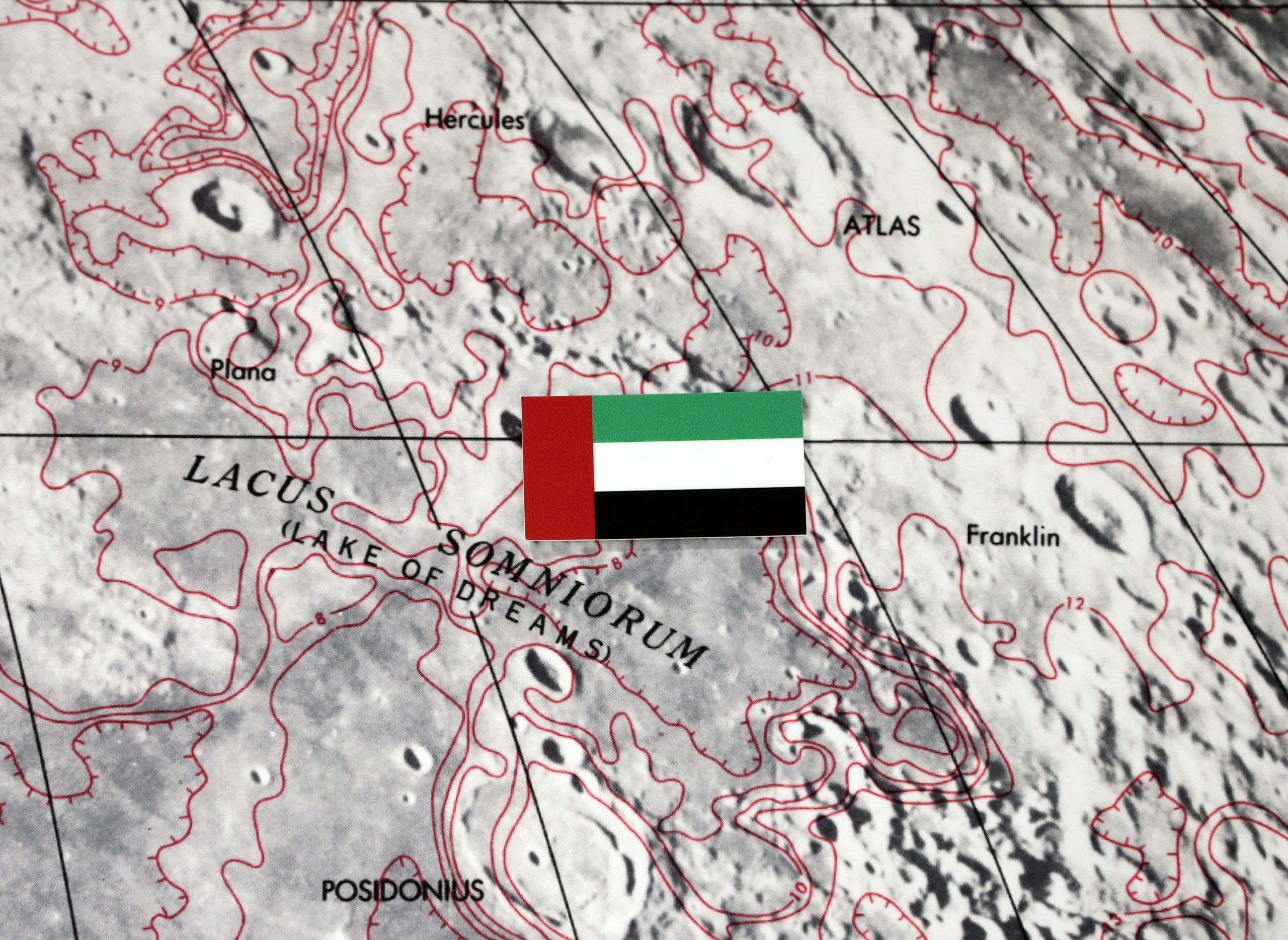
The Rashid rover is the first of many Moon exploration efforts the UAE intends to make.
During the Global Space Exploration Conference in Russia this year, an official with the space centre revealed the UAE's long-term plan.
“A lot of people asked the question why we skipped over the Moon when we launched the Hope probe to Mars. But we’ve kicked off our latest project, which is the Rashid rover that will explore the lunar surface,” said Salem Al Marri, the deputy director-general of the space centre.
“Our objective is to build and send a second rover by 2024 or 2025. There are plans of sending orbiters around the Moon and we do have an eye on human exploration of the Moon in partnership with different players.”
The plan also involves potentially talking to partners about the possibility of sending Emirati astronauts to the Moon.
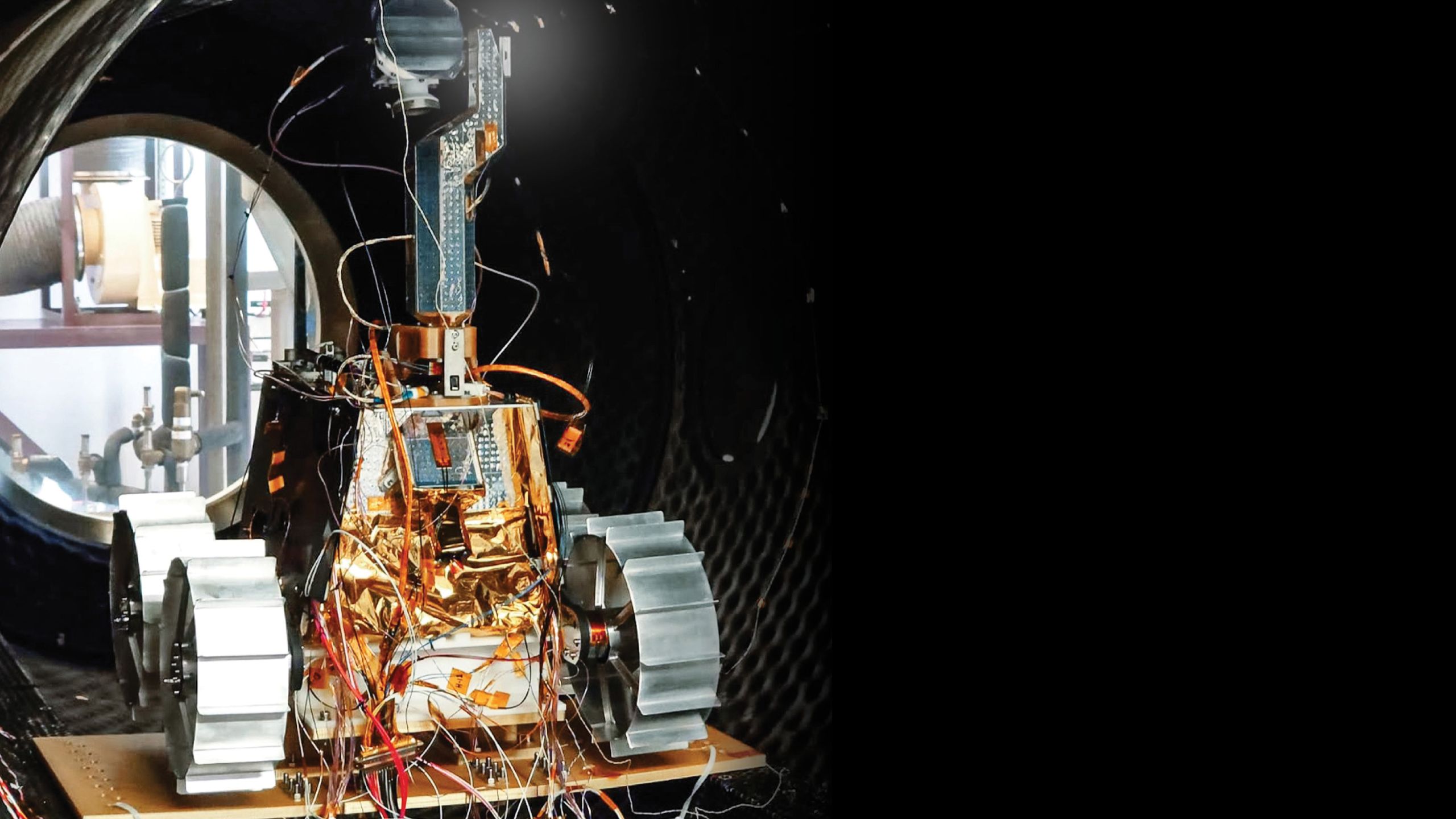
Every Moon landing mission to date

Luna 2 by the Soviet Union on September 12, 1959
This was the first spacecraft to land on another celestial body. It touched down east of the Sea of Serenity.
Ranger 3 by the US on January 26, 1962
This spacecraft failed to land after missing its target orbit.
Ranger 4 by the US on April 23, 1962
Ground station lost communication with the spacecraft. It crashed on the far side of the Moon.
Ranger 5 by the US on October 18, 1962
The spacecraft lost power and it missed the Moon after engineers failed to control its direction.
Sputnik 25 by the Soviet Union on January 4, 1963
The lander failed to transfer to lunar trajectory and burned up on re-entry.
Ranger 6 by the US on January 30, 1964
Ranger 6 was not a landing mission. Instead, it was meant to take images of the Moon until it crashed on the surface. The cameras failed and no pictures were sent back. The spacecraft crash-landed in the Sea of Tranquility.
Ranger 7 by the US on July 28, 1964
This mission succeeded in what Ranger 6 was designed for. It sent back more than 4,300 images before crash-landing in the Sea of Clouds.
Ranger 8 by the US on February 17, 1965
This impactor sent back more than 7,100 images before crash-landing in the Sea of Tranquility.
Ranger 9 by the US on March 21, 1965
Ranger 9 sent back 5,800 images. These were broadcast live on TV as the ground station received them from the spacecraft. It then crashed in the crater Alphonsus.
Luna 5 by the Soviet Union on May 9, 1965
As the first mission to ever attempt a soft landing on the Moon, the spacecraft’s retro-rockets failed to fire and it crashed near the Sea of Clouds.
Luna 6 by the Soviet Union on June 8, 1965
Another failed mission by the former USSR, the rocket carrying the spacecraft missed a correction manoeuvre, causing the mission to fail.
Luna 7 by the Soviet Union on October 4, 1965
This lander reached the Moon but its retro rockets switched on too early, causing it to crash in the Ocean of Storms.
Luna 8 by the Soviet Union on December 3, 1965
This time the lander’s retro rockets fired too late and it crashed-landed in the Ocean of Storms.
Luna 9 by the Soviet Union on January 31, 1966
Luna 9 was the first spacecraft to make a controlled lunar landing. It landed near the rim of a crater.
Surveyor 1 by the US on May 30, 1966
This spacecraft also made a controlled landing on the lunar surface. It sent back more than 11,100 images.
Surveyor 2 by the US on September 20, 1966
The landing mission failed when the spacecraft lost control after one its thrusters malfunctioned.
Luna 13 by the Soviet Union on December 21, 1966
This lander collected soil samples on the surface and carried out experiments to study the its radioactivity.
Surveyor 3 by the US on April 17, 1967
One of the lander’s thrusters failed during a soft landing attempt, causing it to bounce off the surface before reaching the Ocean of Storms. The mission was a success and the spacecraft sent more than 6,300 images and collected soil samples.
Surveyor 4 by the US on July 14, 1967
The mission failed minutes before attempting to land.
Surveyor 5 by the US on September 8, 1967
The lander successfully landed on the Moon despite a helium leak during the cruise phase.
Surveyor 6 by the US on November 7, 1967
This spacecraft “hopped” from one lunar site to another. It initially landed in the Sinus Medii site and took several photos. The engines were ordered to lift the lander three metres up and set it down a few kilometres away.
Surveyor 7 by the US on January 7, 1968
After successfully landing on the lunar surface, this mission was the first to prove that Moon rocks used to be molten.
Luna 1969A by the Soviet Union on February 19, 1969
The rocket carrying the spacecraft exploded after launch.
Luna 1969B by the Soviet Union on April 15, 1969
The rocket exploded and the mission failed.
Luna 1969C by the Soviet Union on June 14, 1969
The rocket exploded and the landing mission failed.
Luna 15 by the Soviet Union on July 13, 1969
The lunar sample mission failed after the spacecraft crashed on the Moon’s surface.
Apollo 11 by the US, launched on July 16 and first human steps takin on the Moon were on July 21
Neil Armstrong (below) became the first man to walk on the Moon and the US became the first country to successfully land humans on the surface.
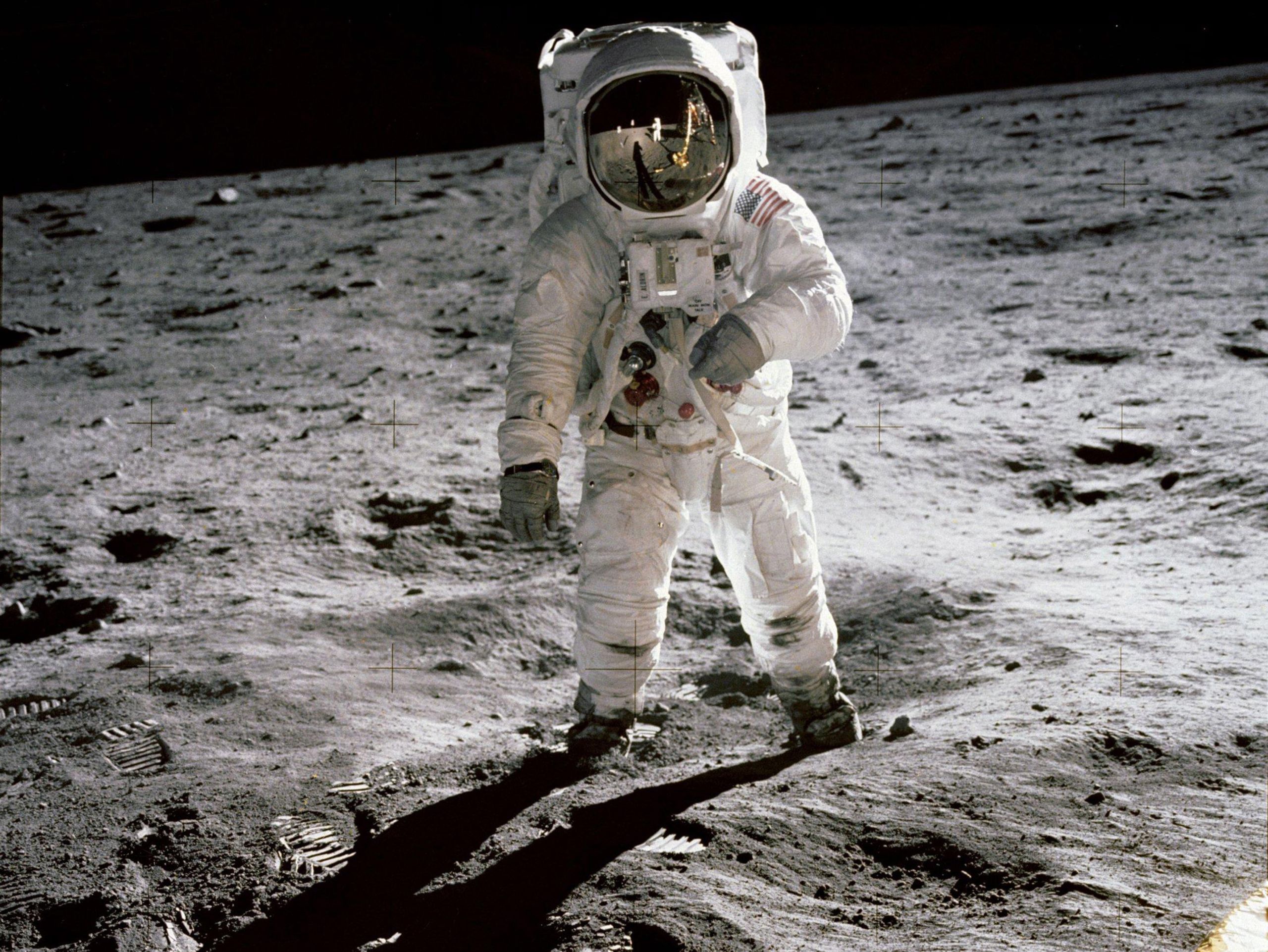
EPA / Nasa
EPA / Nasa
Cosmos 300 by the Soviet Union on September 23, 1969
The lunar sample mission failed after a rocket failure.
Cosmos 305 by the Soviet Union on October 22, 1969
Another lunar sample mission attempt by the USSR ended in disaster after the rocket failed.
Apollo 12 by the US on November 14, 1969
The second successful crewed landing on the Moon.
Apollo 13 by the US on April 11, 1970
Apollo 13 was the third crewed landing attempt, but the landing was aborted due to issues in the oxygen tank in the service module. None of the crew members were harmed and returned to Earth safely.
Luna 16 by the Soviet Union on September 12, 1970
After several failed attempts, the USSR managed to carry out a lunar sample return mission. The robot landed on the Moon, collected samples of dust and rocks, and returned to Earth.
Luna 17 / Lunokhod 1 rover by the USSR on November 10, 1970
The Lunokhod 1 rover (below) travelled 10.5km during its journey on the surface and sent back more than 20,000 images.
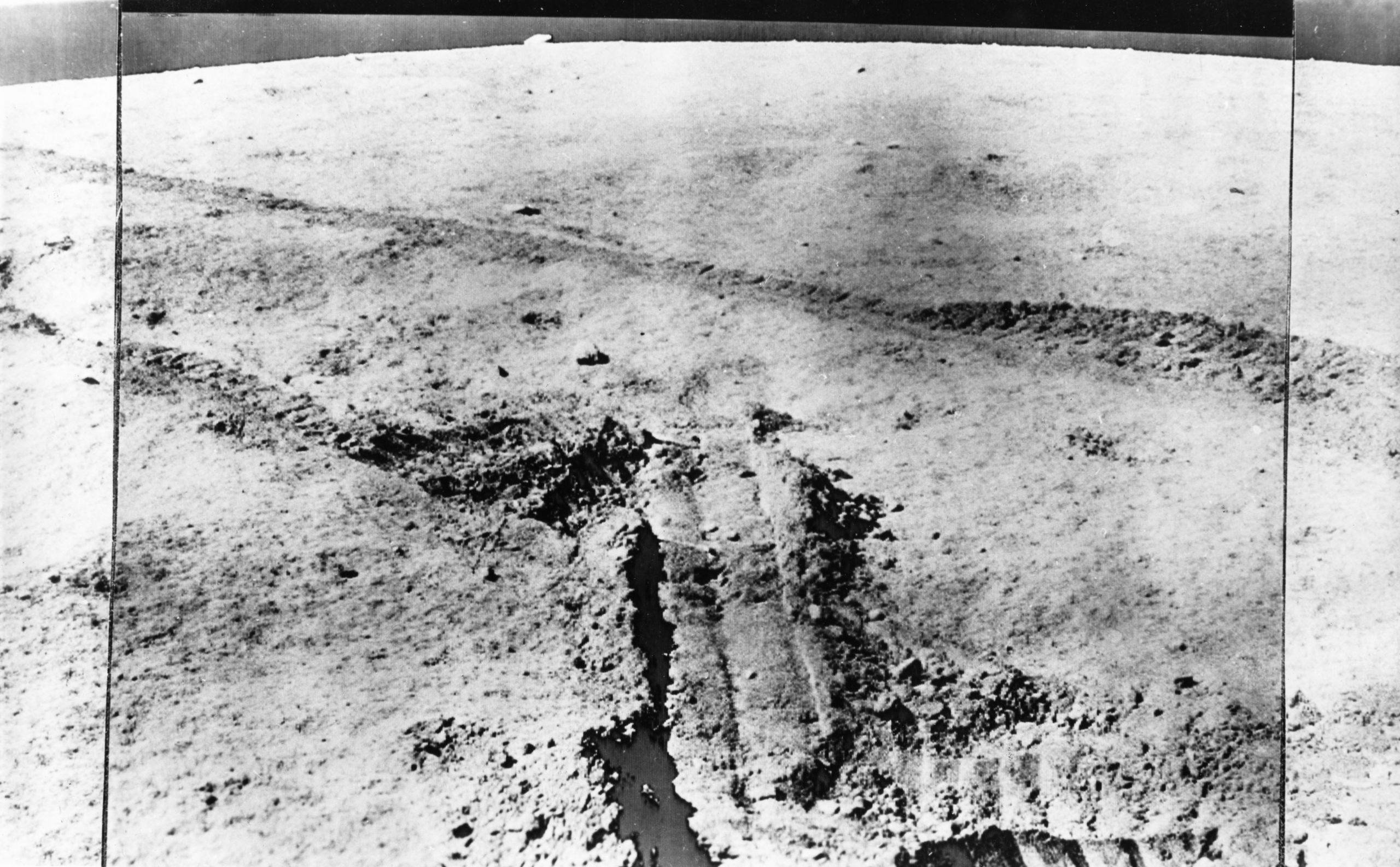
Sovfoto via Getty
Sovfoto via Getty
Apollo 14 by the US on July 31, 1971
After the incident with Apollo 13, American astronauts successfully landed on the Moon again during this mission.
Apollo 15 by the US, launched on July 26 and landed on July 30, 1971
Astronauts spent 67 hours on the surface and collected 77kg of samples.
Luna 18 by the Soviet Union on September 2, 1971
Communication with the spacecraft was lost after the spacecraft hit the surface.
Luna 20 by the Soviet Union on February 21, 1972
Another successful robotic lunar sample return mission by the USSR.
Apollo 16 by the US on April 16, 1972, landing on April 21
The mission included a rover that astronauts drove 27km on the surface. They spent 71 hours there and collected about 95kg of samples.
Apollo 17 by the US on December 7, landing on December 11, 1972
Astronauts drove a lunar rover on the surface again, collecting 1,190kg of samples in 75 hours. This was the last crewed mission to the Moon.
Luna 21 / Lunokhod 2 rover by the USSR on January 8, 1973
This was a four-month mission and took more than 80,000 images. The rover was powered by solar panels and had a radioactive heat source which kept it warm during the freezing nights.
Luna 23 by the USSR on October 28, 1974
The spacecraft was damaged during landing and the mission failed.
Luna 24 by the USSR on August 9, 1976
This was the lunar spacecraft that was sent to the Moon before China managed to land one again in 2013. Luna 24 was a successful lunar sample return mission which collected 170 grams of lunar dust and rocks.
Chang’e 3 by China on December 1, 2013
China became the third country to land on the Moon, with its Yutu rover. It sent back images.
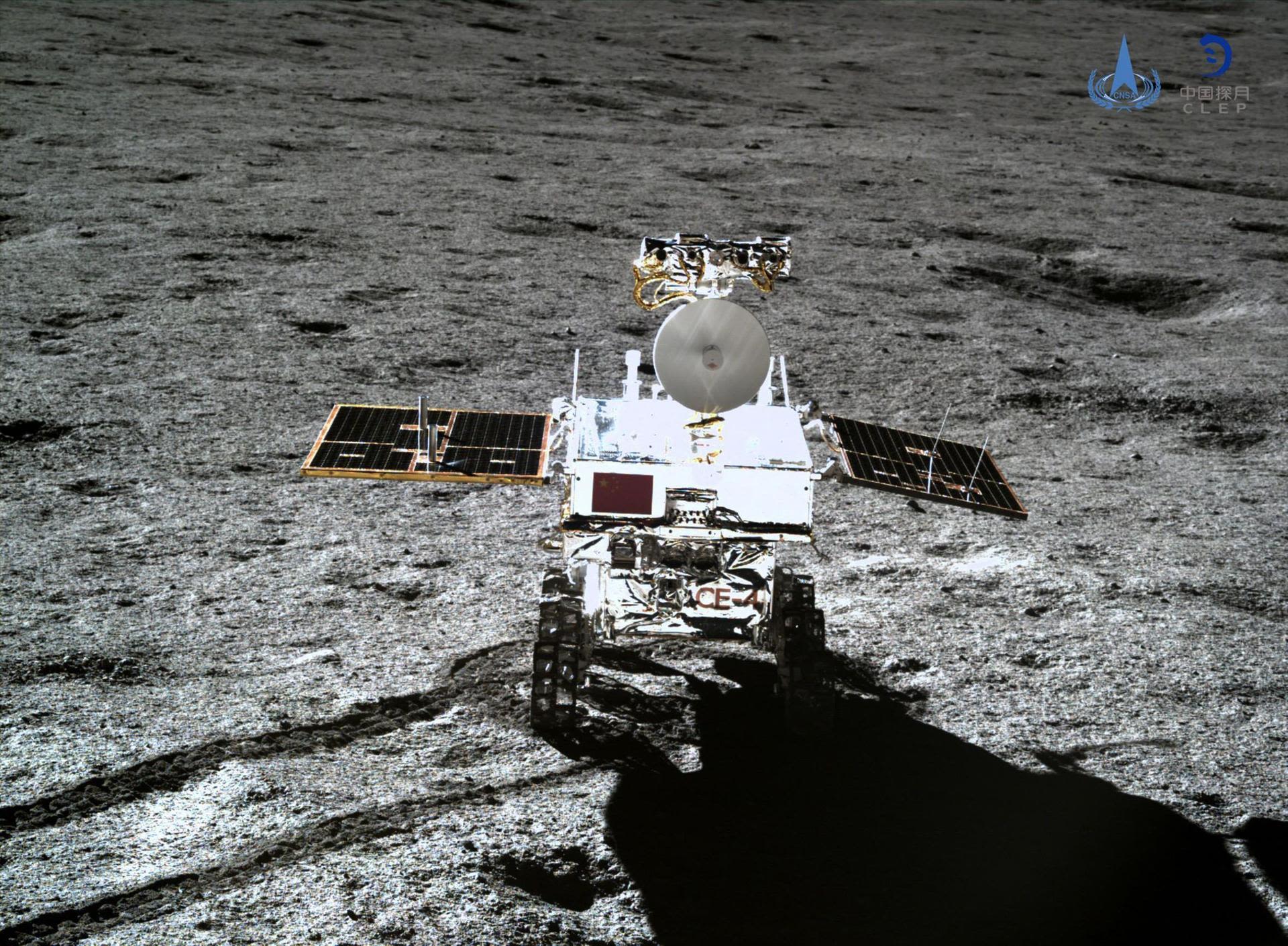
AFP
AFP
Chang’e 4 by China on January 3, 2019
The first lunar mission to land on the far side of the moon (above).
Chandrayaan-2 by India on July 22, 2019
The Vikram lander (below) crash-landed on the surface after it lost control just 500 metres short of a soft-landing attempt.
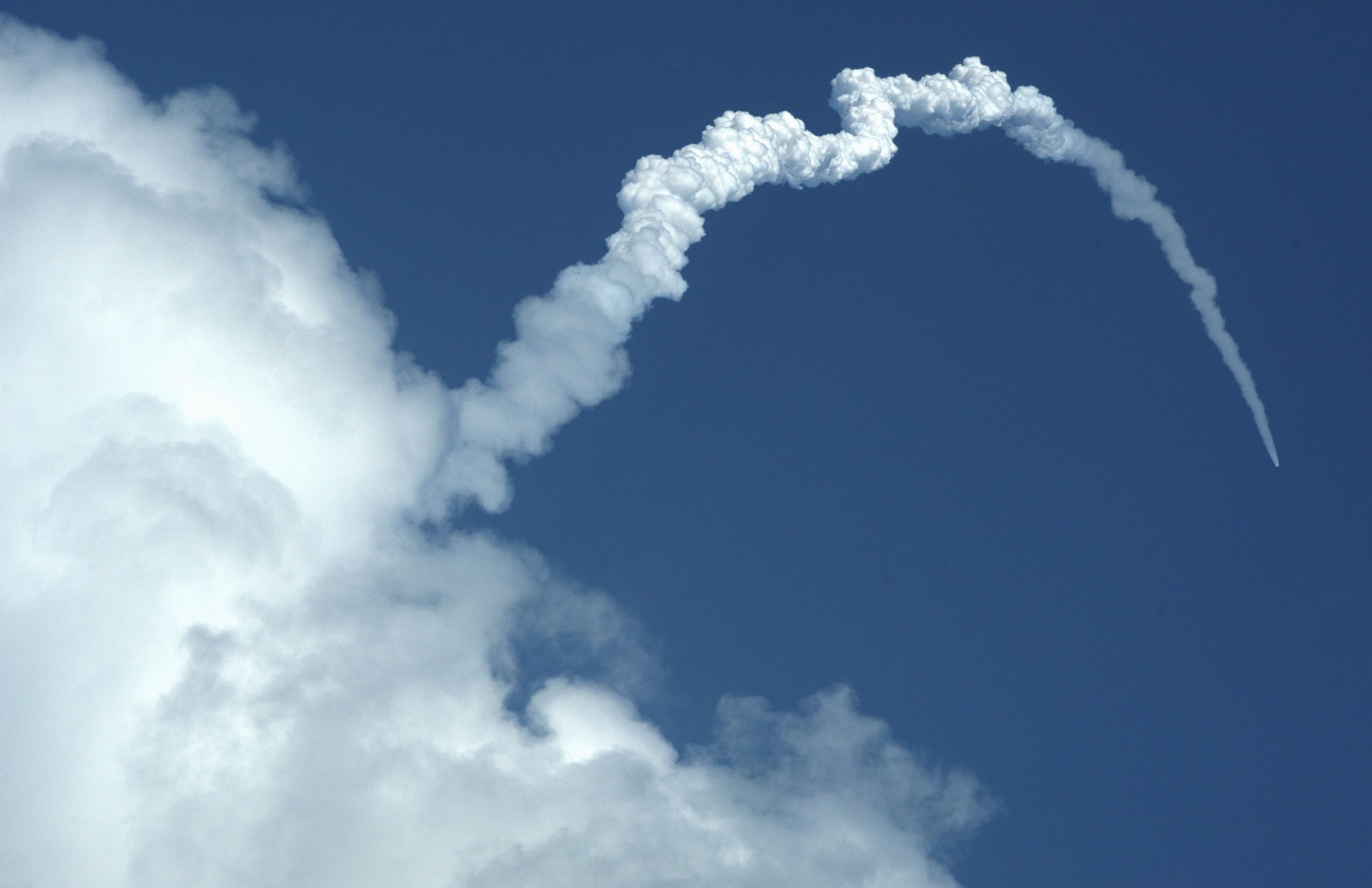
EPA
EPA
Japan’s ispace and UAE’s Rashid rover in 2022
Japan and the UAE will together become the fourth country to land on the lunar surface if the mission is successful. The launch window is from August to December, 2022.
Words Sarwat Nasir
Editor Juman Jarallah
Photos Chris Whiteoak & MBRSC
Photo Editor Olive Obina
Video Editor Andrew Scott
Design Nick Donaldson
Illustrations Ramon Penas Jr
Sub Editor Declan McVeigh

